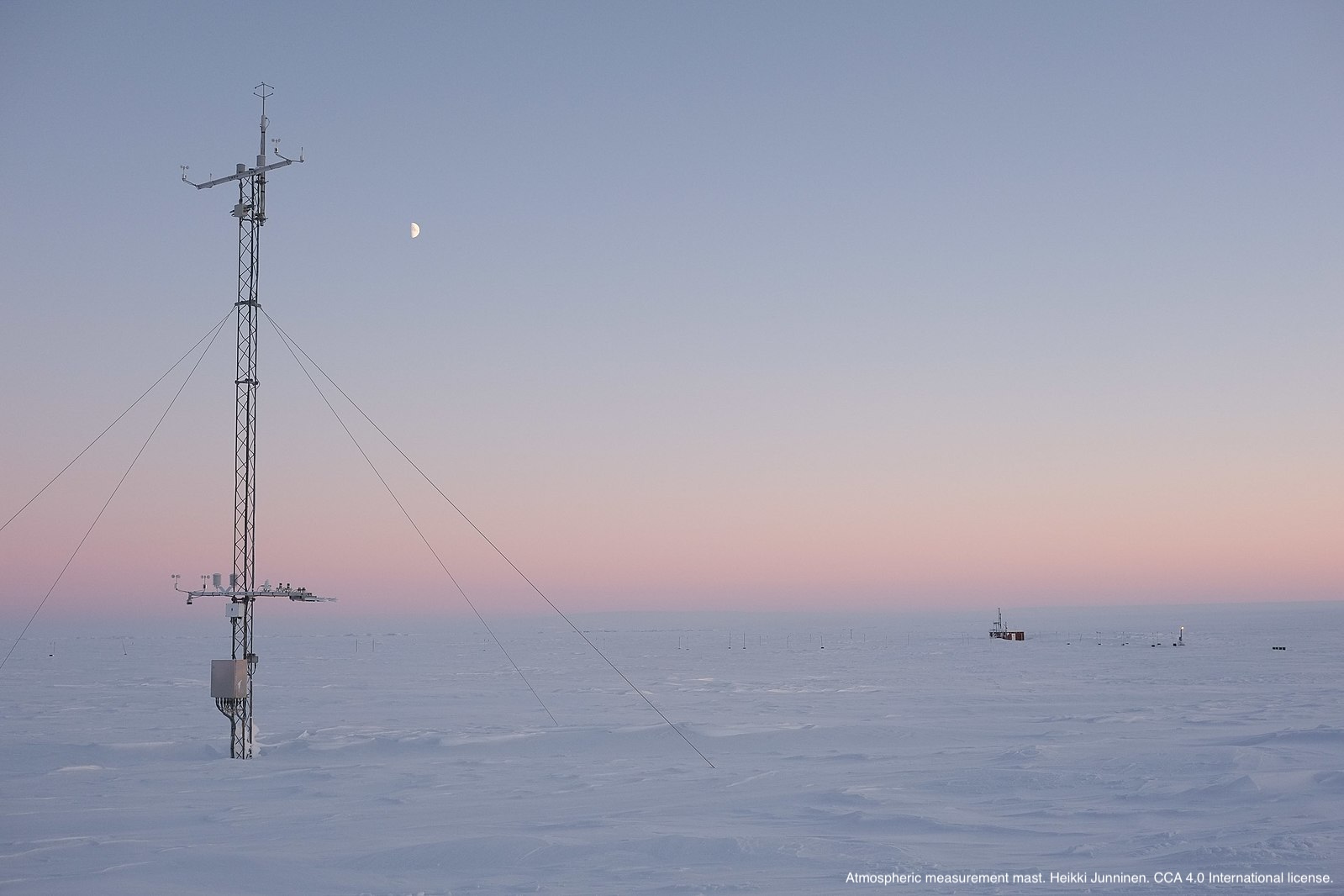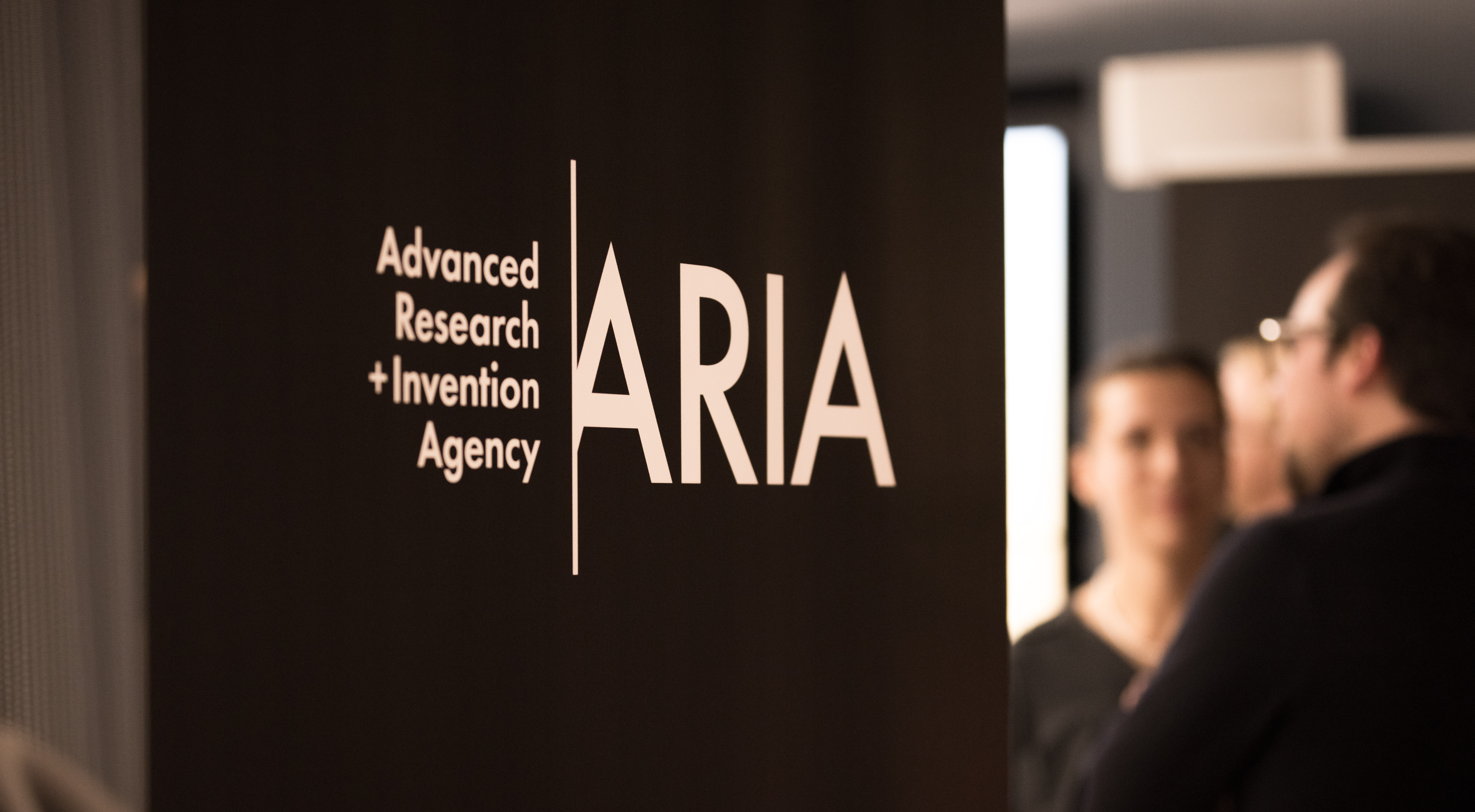Article
Outdoor SRM Experiments
Outdoor experiments to study sunlight reflection methods (SRM), or solar geoengineering, are becoming increasingly prominent. SRM360’s new analysis provides a detailed overview of outdoor SRM experiments to date, covering what has happened, what was cancelled, and plans for future experiments.
SRM360 Tool
Outdoor Experiments Tracker
For the most part, SRM research has been confined indoors to lab studies and computer simulations. Over the past 15 years, however, there has been growing interest in taking SRM research outdoors to test key processes in the real world.
Many of these experiments have faced controversy and some have been cancelled amid civil society opposition. Which experiments succeeded, which failed, why, and what does the future hold for this controversial branch of climate science? This overview explores these questions and accompanies SRM360’s new Outdoor Experiments Tracker.
What outdoor SRM experiments have been conducted?
SRM360 has identified a total of nine outdoor SRM activities to date, though only a few are unambiguously SRM experiments intended to advance the science or engineering of SRM – and not all went ahead.
One of the big challenges in tracking or governing outdoor SRM research is defining what counts as an outdoor SRM experiment.
If it is declared intent, the first outdoor SRM experiments occurred between 2008 and 2010. Yuri Izrael led a team of Russian scientists who released particles in the lower atmosphere and studied their effects on incoming light. They declared that they were studying the potential effects of stratospheric aerosol injection (SAI),1 but their experiment bore little resemblance to this idea.
On the other hand, there have been several outdoor experiments motivated by understanding aerosol–cloud interactions that could be seen as outdoor SRM experiments. For example, the Eastern Pacific Emitted Aerosol Cloud Experiment (E-PEACE) experiment in 2011 provided insights into marine cloud brightening (MCB) and the CLOUDLAB experiment in the alps, ongoing since 2021, is relevant to mixed-phase cloud thinning.2
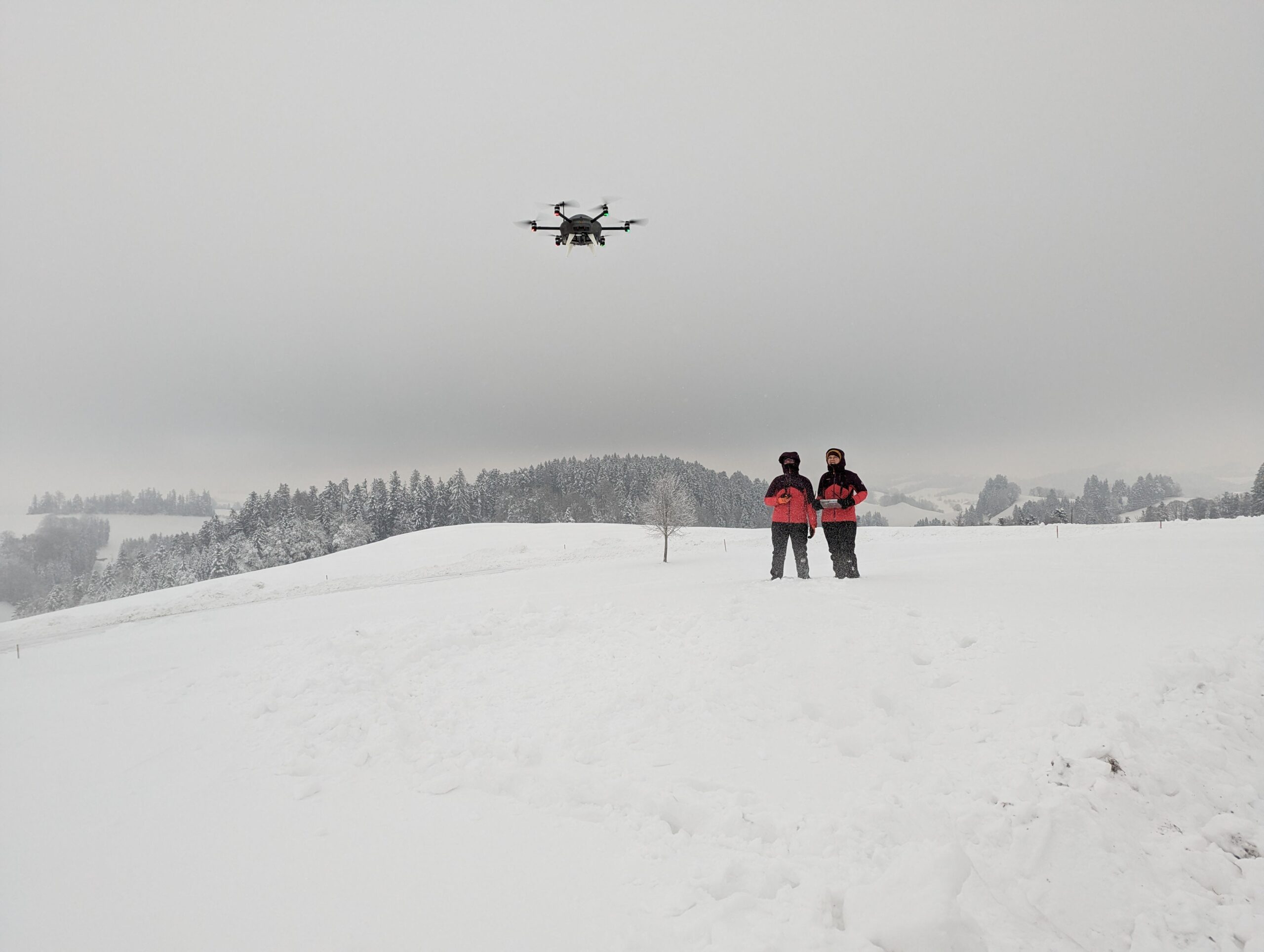
Researchers launch a drone to check conditions before an experiment for the CLOUDLAB project (photo: CLOUDLAB).
While neither team labelled their work as an SRM experiment, their findings have implications for SRM. If policymakers decide to implement restrictive rules on outdoor SRM experiments, they would need to decide whether to block work like this or not.
Then there is the question of scale. As part of the Australian Reef Restoration and Adaptation Program, a team from Southern Cross University has been conducting outdoor tests of MCB sea-salt sprayers in the hopes of developing a way to cool the reef during heatwaves. The team sees this as a form of local adaptation, rather than solar geoengineering, but scaled-up MCB could produce a global cooling effect.
There have also been some outdoor SRM activities that arguably stretch the definition of an experiment. The provocatively titled SATAN project (Stratospheric Aerosol Transport and Nucleation) launched a couple high-altitude balloons in 2021 and 2022, one of which released about 400 g of sulphur dioxide in the stratosphere. While the team behind this sees this as a research experiment, other researchers have questioned whether it had scientific or engineering merit.
A small company, Make Sunsets, has launched weather balloons filled with small amounts of sulphur dioxide since 2023, selling unverified “cooling credits” to consumers. This effort is decidedly not a scientific endeavour, but it has attracted the attention of the US Environmental Protection Agency and the European Commission received recommendations to block the sale of cooling credits.
A timeline of outdoor SRM experiments
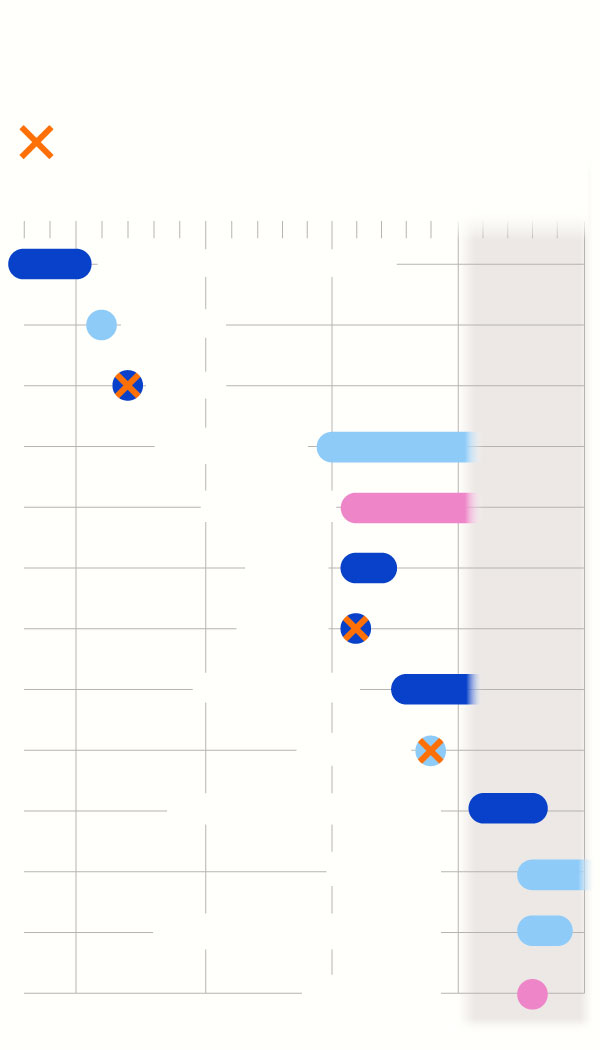
STRATOSPHERIC AEROSOL INJECTION
MARINE CLOUD BRIGHTENING
OTHER CLOUD MODIFICATION
Cancelled
’10
’15
’20
’25
’30
Sunlight through Aerosols
E-PEACE
SPICE
RRAP (MCB)
CLOUDLAB
SATAN
SCoPEx
Make Sunsets
UW MCB
Natural Materials for SAI
REFLECT
MCB in a Complex World
BrightSpark
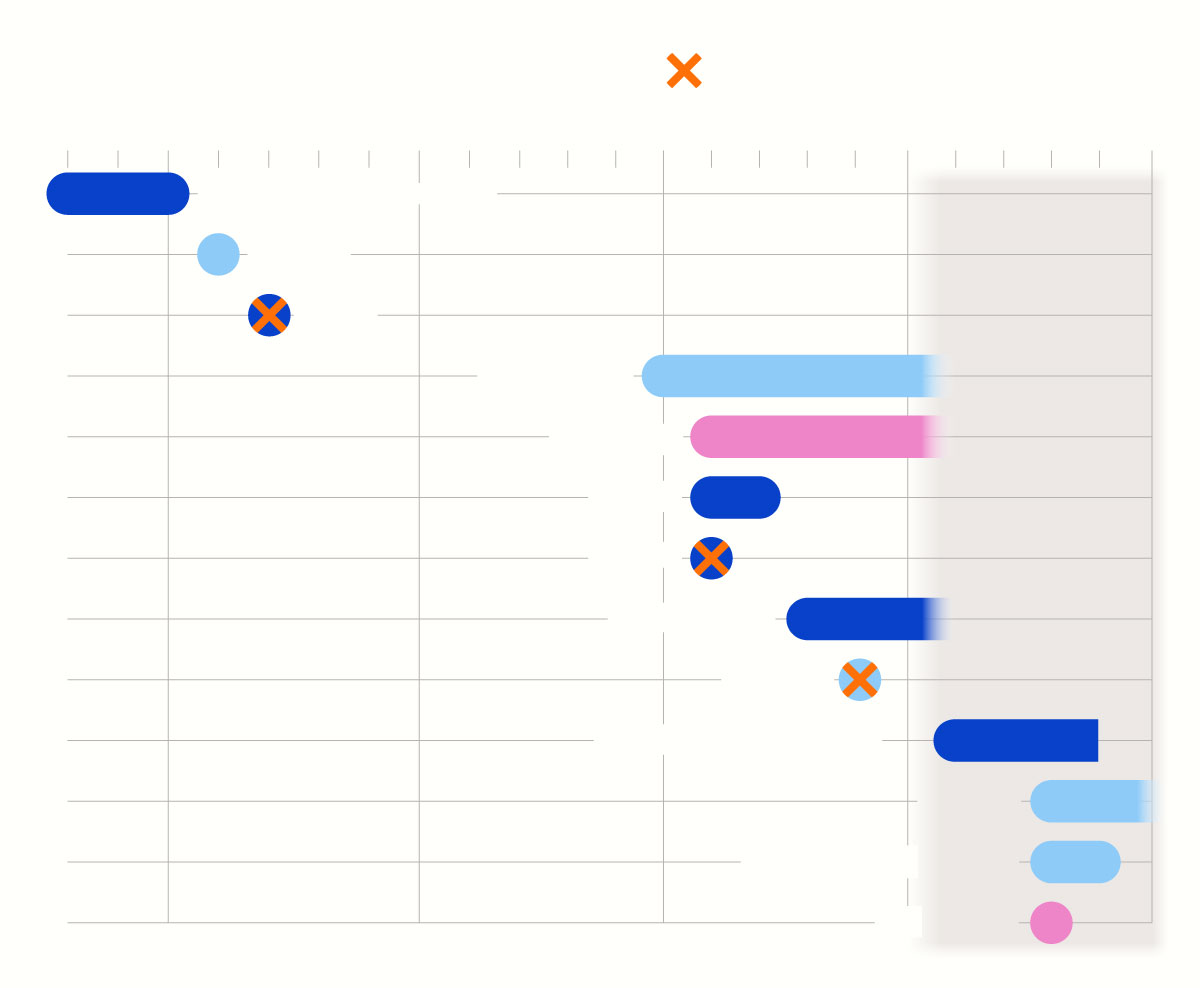
STRATOSPHERIC AEROSOL INJECTION
MARINE CLOUD BRIGHTENING
OTHER CLOUD MODIFICATION
Cancelled
2008
2010
2015
2020
2025
2030
Sunlight through Aerosols
E-PEACE
SPICE
RRAP (MCB)
CLOUDLAB
SATAN
SCoPEx
Make Sunsets
UW MCB
Natural Materials for SAI
REFLECT
MCB in a Complex World
BrightSpark
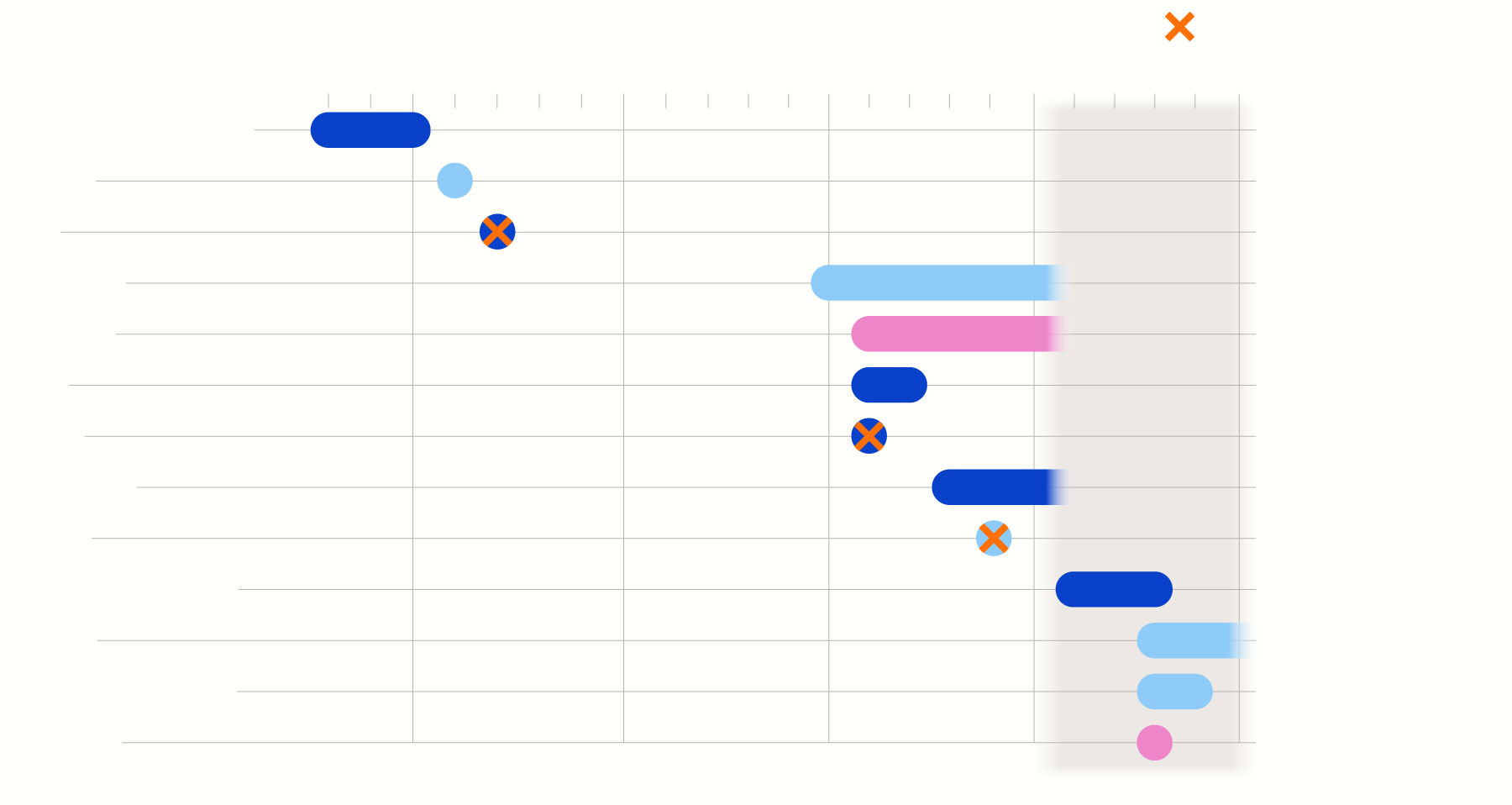
STRATOSPHERIC AEROSOL INJECTION
OTHER CLOUD MODIFICATION
MARINE CLOUD BRIGHTENING
Cancelled
2008
2010
2015
2020
2025
2030
Scientific
Sunlight through Aerosols
Scientific
E-PEACE
Scientific, Engineering
SPICE
Scientific, Engineering
RRAP (MCB)
Scientific
CLOUDLAB
Engineering
SATAN
Scientific
SCoPEx
Non-Scientific
Make Sunsets
Engineering
UW MCB
Scientific
Natural Materials for SAI
Engineering
REFLECT
Scientific, Engineering
MCB in a Complex World
Scientific
BrightSpark
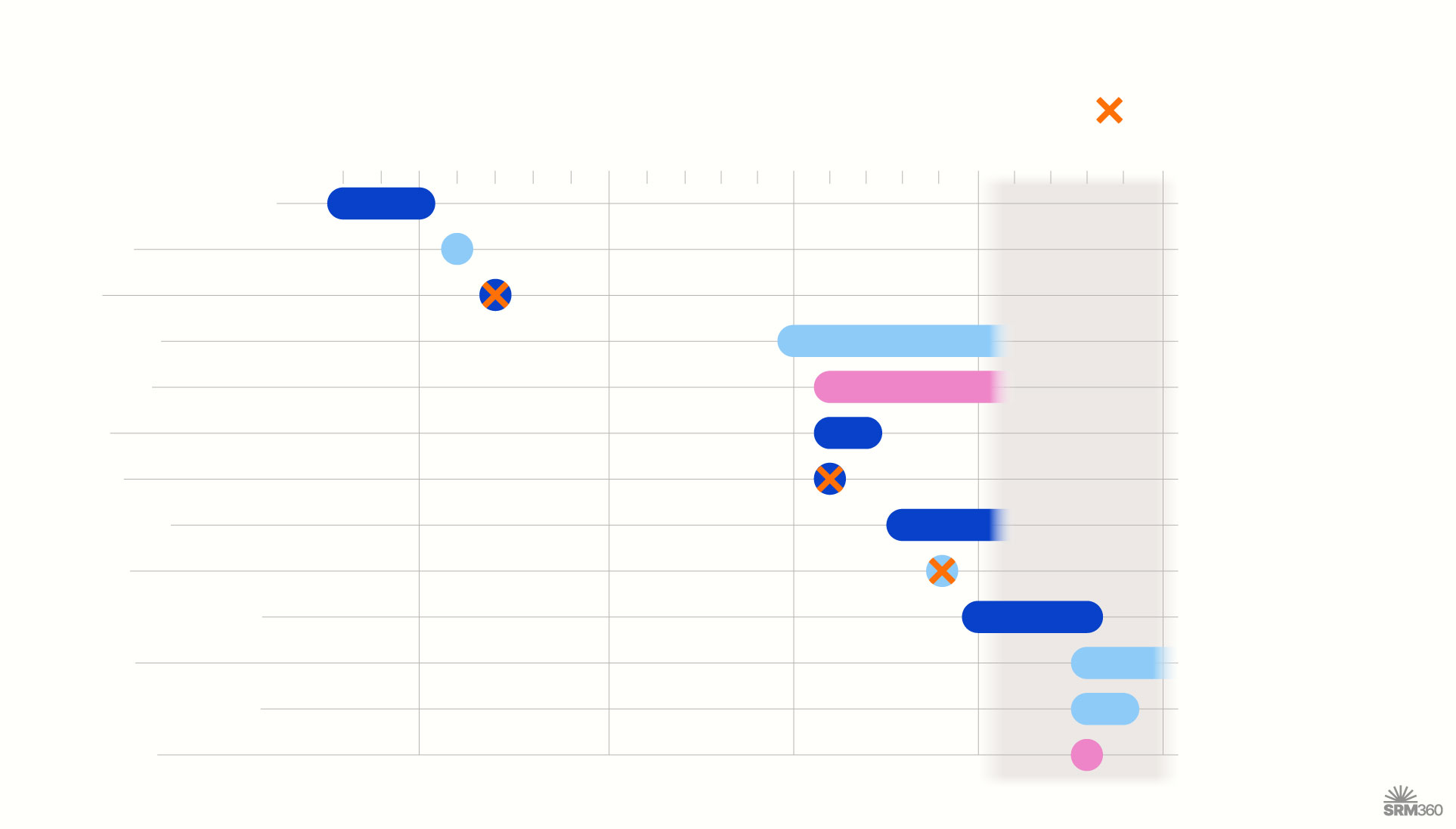
A timeline of outdoor SRM experiments
STRATOSPHERIC AEROSOL INJECTION
MARINE CLOUD BRIGHTENING
OTHER CLOUD MODIFICATION
Cancelled
2008
2010
2015
2020
2025
2030
Scientific
Sunlight through Aerosols
Scientific
E-PEACE
Scientific, Engineering
SPICE
Scientific, Engineering
RRAP (MCB)
Scientific
CLOUDLAB
Engineering
SATAN
Scientific
SCoPEx
Non-Scientific
Make Sunsets
Engineering
UW MCB
Scientific
Natural Materials for SAI
Engineering
REFLECT
Scientific, Engineering
MCB in a Complex World
Scientific
BrightSpark
Source: SRM360
Why conduct outdoor SRM experiments?
Most SRM research takes place in computer simulations (models), which are powerful tools for gaining insights into climate processes and projecting the effects of climate change. However, they are idealised, imperfect representations of the real climate. Climate models simulate the effects of different processes – such as the effects of tiny aerosol particles on cloud formation – but real-world observations are needed to ground their representations.
Natural and artificial analogues of SRM – such as volcanic eruptions or ship tracks – provide valuable evidence about how certain SRM approaches may affect the climate, but they are messy and can be hard to interpret.
This is why researchers have proposed and conducted some outdoor SRM experiments. With controlled releases of particles, scientists can know precisely what has been added to the atmosphere and can check how those particles affect cloud behaviour or other aspects of the environment.
Outdoor experiments that create controlled changes are not limited to SRM research – they are a mainstay of environmental science. For example, free-air carbon dioxide enrichment (FACE) experiments raise CO2 levels in a small area to help ecologists understand how ecosystems will respond in a future with higher CO2 levels.
Why have some outdoor SRM experiments been cancelled?
Though outdoor experiments are common in all branches of environmental sciences, several outdoor SRM experiments have attracted considerable controversy, with three planned experiments being cancelled so far.
In 2012, researchers from the UK planned to test whether a balloon carrying an extremely long hose could be used as a means of deploying particles into the upper atmosphere. The Stratospheric Particle Injection for Climate Engineering (SPICE) project aimed to release water from a scaled-down, 1 km-high version of the system and attracted considerable attention.
The SPICE project faced opposition from a civil society campaign led by the ETC Group, supported by Friends of the Earth, but this is not what ultimately led to its cancellation. Instead, it was the discovery that two of the researchers involved held a patent related to the technology being tested.
Arguably the most famous outdoor SRM experiment proposal is the Stratospheric Controlled Perturbation Experiment (SCoPEx), first proposed by researchers at Harvard University in 2014. The SCoPEx project developed a specialised balloon and gondola system that would allow the team to release particles and steer the gondola back through the plume.
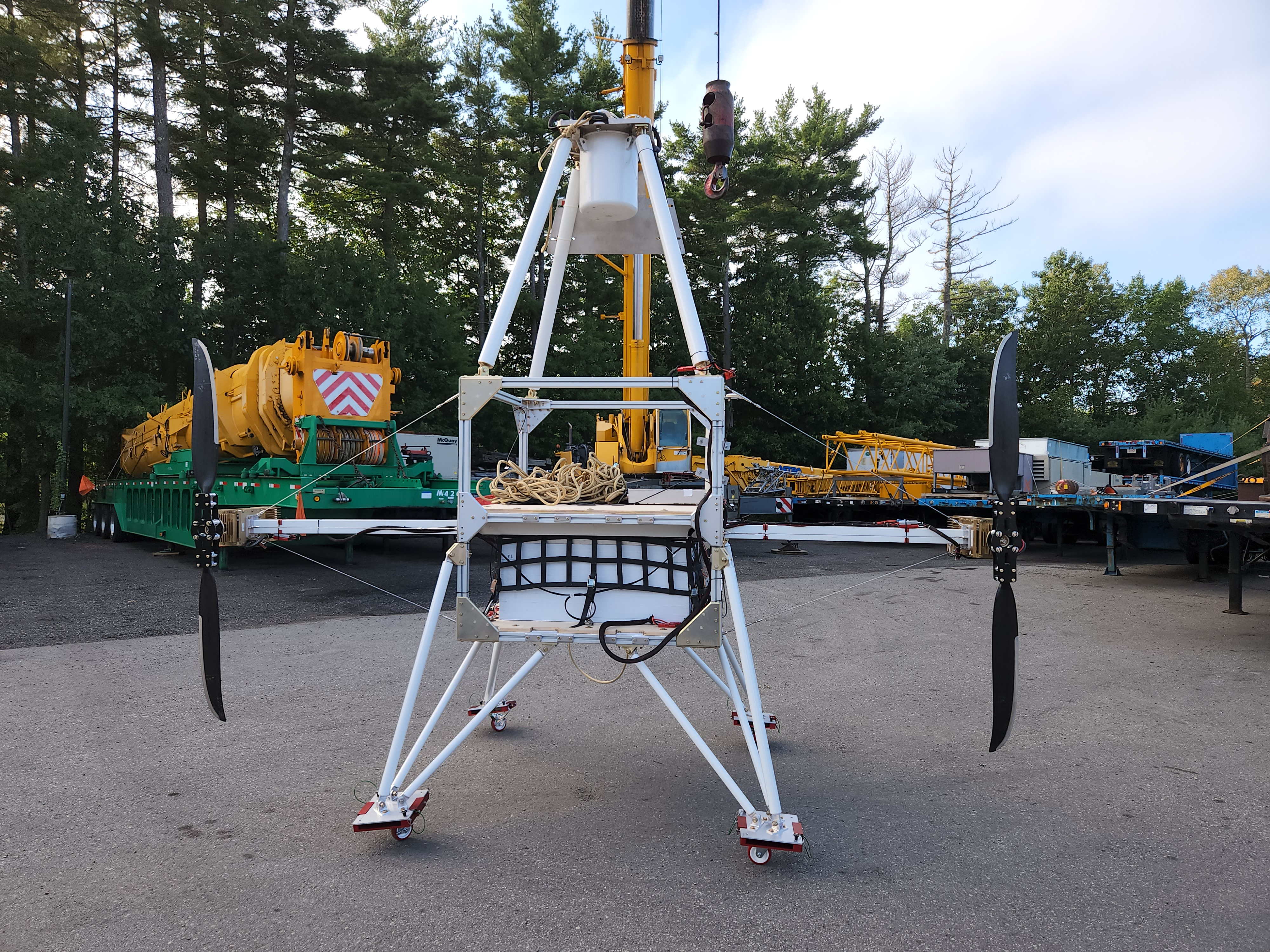
The gondola intended to be used for the SCoPEx project (photo provided by the SCoPEx team).
The SCoPEx project faced many challenges, from finding a balloon operator to the COVID-19 pandemic, leading to location changes and delays. Ultimately, the team planned to launch the experiment in 2021 from Kiruna, Sweden. However, the Swedish government cancelled the experiment, which may have been at least partly due to opposition from the Indigenous Saami Council.
Most recently, an MCB study conducted by scientists from the University of Washington began in April 2024 in Alameda, California only to be cancelled shortly thereafter. The group planned to spray sea-salt particles from a decommissioned aircraft carrier turned public museum. However, objections were raised by some community members and activists, and the Alameda City Council had the experiment cancelled in June 2024.
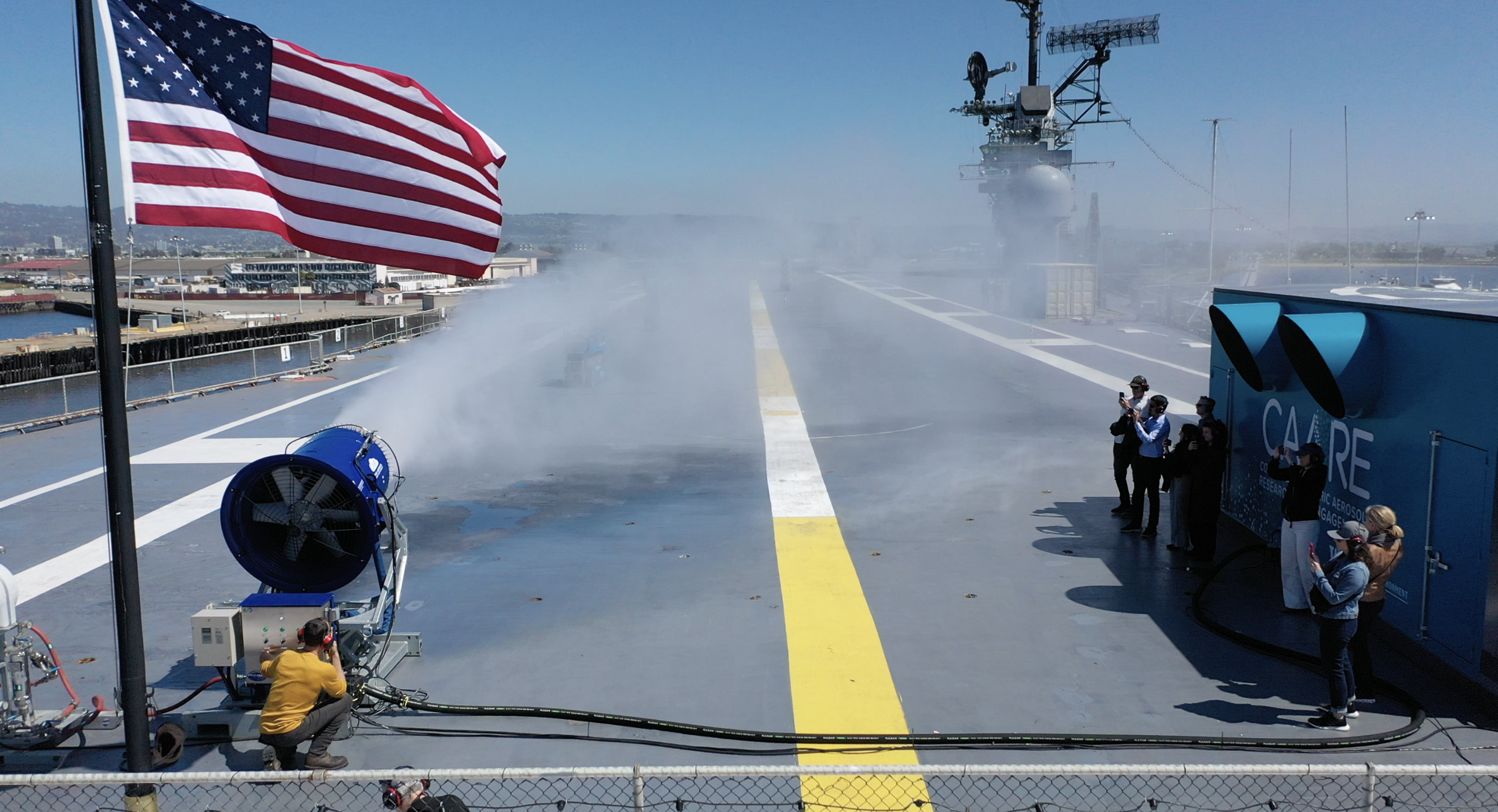
The University of Washington Marine Cloud Brightening Research Program’s Cloud-Aerosol Research Instrument (CARI) generates a mist of sea-salt aerosol droplets on the deck of the USS Hornet Sea, Air & Space Museum in spring 2024 (photo: David Masuda).
Some governance experts have suggested that it is not the prospect of environmental impacts from outdoor SRM experiments that are driving opposition (these are very small relative to other activities). Instead, the “symbolic act of going outside” could be seen as crossing a line, making the prospect of SRM more real.
Such a prospect is opposed by some for several reasons, including concerns that SRM may undermine emissions cuts, be deployed unilaterally, or that it would inappropriately interfere with the natural world.
What are the future plans for outdoor SRM experiments?
Several projects have ongoing outdoor experiments, and the UK’s Advanced Research + Invention Agency (ARIA) has announced funding that is set to considerably expand outdoor SRM research.
In May 2025, ARIA announced 21 new research projects as part of its Exploring Climate Cooling programme. These projects were awarded a total of about $60m, helping make the UK the largest funder of SRM research in the world. And, controversially, they included five new outdoor SRM experiments, generating a significant amount of colourful coverage in the UK and international media.3
These five projects include:
- Two MCB projects involving sea-salt sprayers (REFLECT, MCB in a Complex World)
- An effort to test whether clouds could be brightened with electric charges (BrightSpark)
- An SAI project that would involve no release of materials into the environment (Natural Materials for SAI)
- A sea-ice thickening project (Re-Thickening Arctic Sea Ice)
Natural Materials for Stratospheric Aerosol Injection
The team will study how stratospheric conditions affect natural materials that might be used to reflect light and cool the planet. These materials might offer a safer alternative to sulphur-based SAI, but their effects on the stratosphere are uncertain.
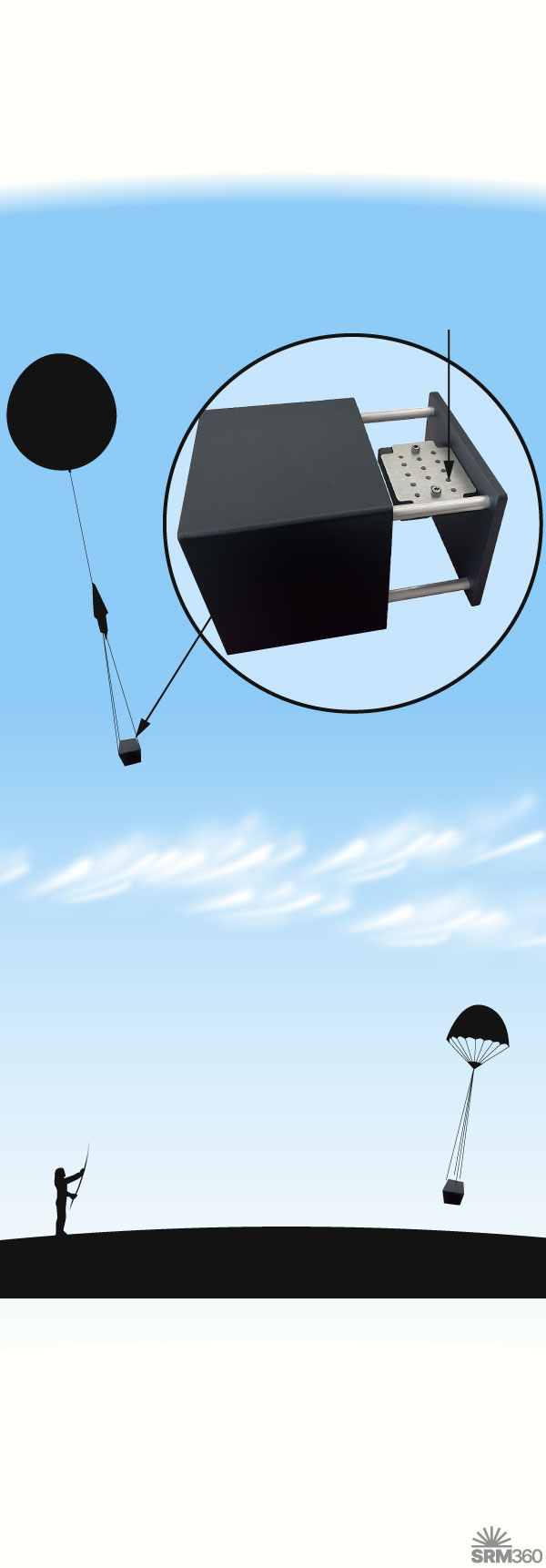
Tiny amounts of naturally occurring mineral dust will be secured below a modified weather balloon sent up to the stratosphere.
The balloon will rise to about 15–22km
Material samples
The box will open and expose the materials to stratospheric conditions for up to a few weeks.
The materials will not be dispersed – they will remain secured in the box to be returned for laboratory analysis.
Note: The outdoor experiments funded by the Advanced Research and Invention Agency (ARIA) will only go ahead after environmental impact assessments and public consultations, and with independent oversight.
Sources: ARIA; Hugh Hunt, University of Cambridge
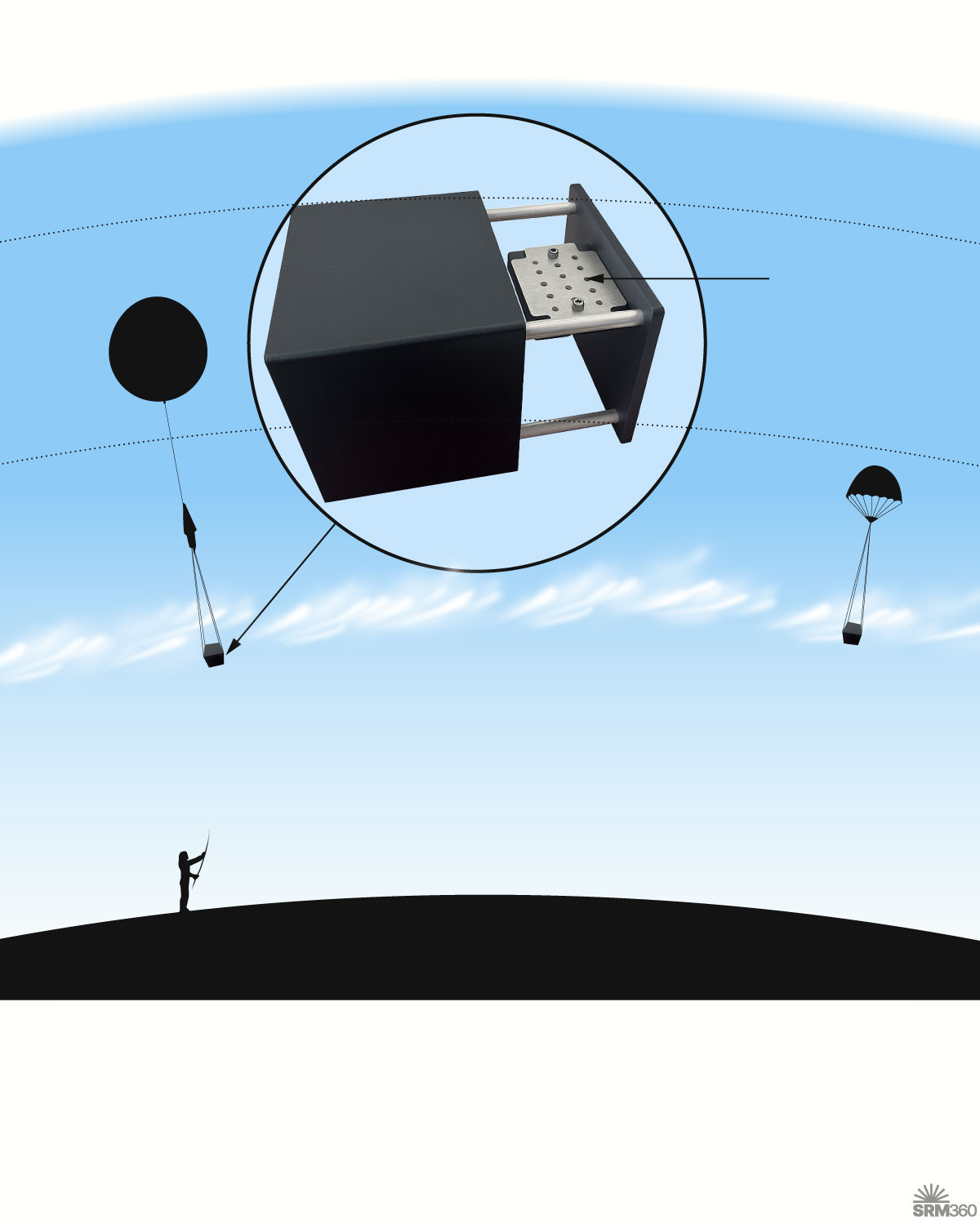
Tiny amounts of naturally occurring mineral dust will be secured below a modified weather balloon sent up to the stratosphere.
22km
Material samples
15km
The materials will not be dispersed – they will remain secured in the box to be returned for laboratory analysis.
The balloon will rise to about 15–22km
The box will open and expose the materials to stratospheric conditions for up to a few weeks.
Note: The outdoor experiments funded by the Advanced Research and Invention Agency (ARIA) will only go ahead after environmental impact assessments and public consultations, and with independent oversight.
Sources: ARIA; Hugh Hunt, University of Cambridge
ARIA says the funded experiments will only proceed if their governance requirements are met, which include making an environmental impact assessment publicly available and engaging with local communities near to the experiment site. They also require that all experiments involve no release of toxic materials and that their effects must dissipate within 24 hours or be fully reversible.
In addition to this new government-funded effort, Stardust Solutions, a for-profit venture, continues to work towards developing and patenting technologies for deploying SAI. The company has discussed plans for outdoor experiments of its technology, but whether any have already been conducted and what precisely they plan in the future, is unclear.
How will outdoor SRM experiments be governed?
While researchers continue to develop new plans for future outdoor experiments, policymakers are mulling whether outdoor SRM experiments should continue, and how they should be governed.
At present, no international laws prohibit outdoor SRM research or deployment, though there are several sets of governance recommendations produced by academics and others. Given this, the SCoPEx team set up an independent advisory committee,4 and ARIA has set up an oversight committee of independent experts to review plans for the proposed outdoor SRM experiments.
In the US, over 30 state governments have considered legislation to ban SRM. Language in these various pieces of legislation often conflates SRM with cloud seeding – small-scale cloud manipulation in practice since the 1940s to modify precipitation amounts – and with the unfounded “chemtrails” conspiracy theory.
In the European Union, the Commission’s Chief Scientific Advisors issued a set of recommendations outlining a cautious approach to expanded research. They recommended a moratorium on deployment and large-scale outdoor experiments, but also recommended that small, controlled outdoor experiments be allowed to go ahead under the right conditions.
Given the growing number of outdoor SRM experiments and the genuine concerns around the prospect of future deployments of SRM, it seems unlikely that scientific, media, or policy interest in outdoor SRM experiments will die down anytime soon.
Endnotes
- Izrael YA, Zakharov VM, Petrov NN, et al. (2009). Field experiment on studying solar radiation passing through aerosol layers. Russian Meteorology and Hydrology. 34:265-73. https://doi.org/10.3103/S106837390905001X
- Mixed-phase cloud thinning is a potential approach to reduce the heat-trapping effect of clouds containing both liquid water and ice by seeding them with tiny particles. As it does not increase the reflection of sunlight, it is not strictly an SRM approach, but given it raises similar issues, it is typically grouped with SRM.
- In its coverage, the Daily Mail opened their article with: “There’s nothing quite like going for a walk on a bright, spring day. But basking in the sunshine could soon be a thing of the past. That’s because it has emerged that experts are planning on dimming the sun in a bid to curb global warming”. The Times, The Guardian, Newsweek, and many others also reported on the plans.
- Jinnah S, Talati S, Bedsworth L, et al. (2024). Do small outdoor geoengineering experiments require governance? Science. 385(6709):600-3. https://doi.org/10.1126/science.adn2853

